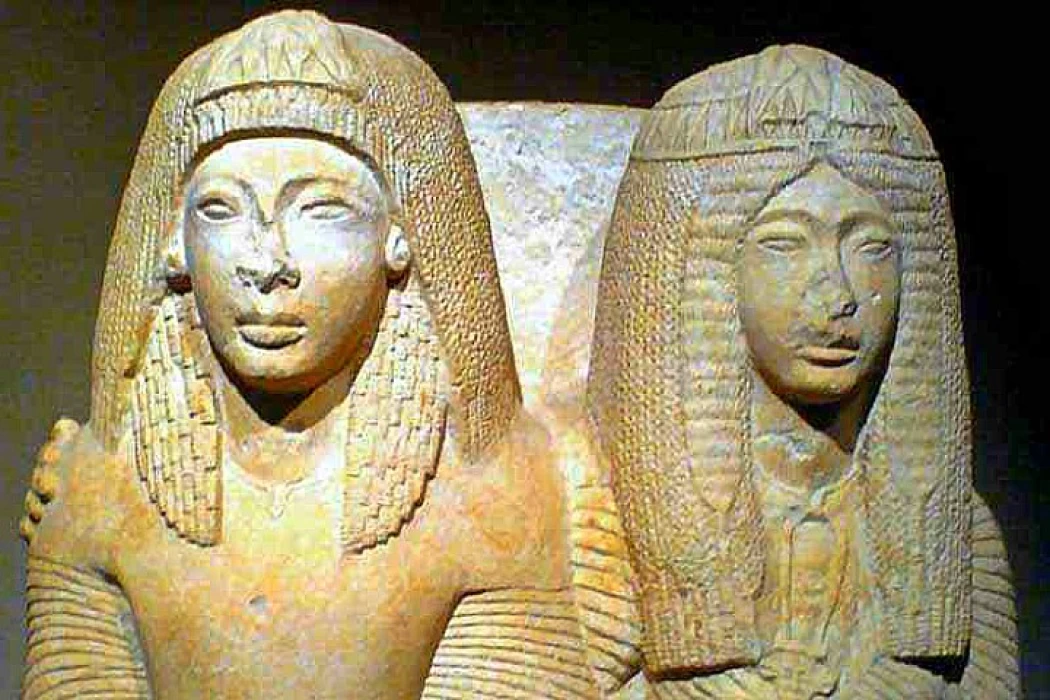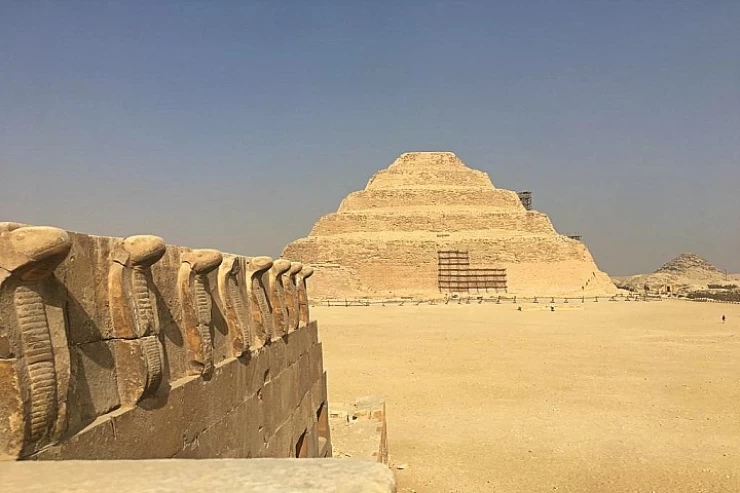
The Fourteenth Dynasty of Ancient Egypt
Facts About Ancient Egypt's Fourteenth Dynasty
In ancient Egypt, a significant yet, little understood dynasty during the Second Intermediate Period is said to be 14th Dynasty. The following paragraphs provide further insight:
From 1705 to 1650 BC, the fourteenth dynasty:
Historical Context: Weakly centralized government and political instability were hallmarks of Egypt's Second Intermediate Period, which comprised the 14th dynasty.
The nation was split up into numerous autonomous areas.
Capital and Geography: The rulers of the 14th dynasty were based in the Nile delta, with their capital at Xois (the present-day Sa el-Hagar). This position was strategic for control of trade routes and resources.
Kings: The reigns of the pharaohs of this dynasty are relatively poorly documented and the names of the rulers are often obscure. Among them is Nehesy, known by some inscriptions and steles.
Political situation: The 14th dynasty was one of many regional dynasties that simultaneously ruled during this chaotic period. It coexisted with the Sixteenth Dynasty in Middle Egypt and the Fifteenth Dynasty (Hyksôs) in the eastern delta.
Decline and Inheritance: The ascent of the Hyksôs of the 15th dynasty caused the 14th dynasty to fall. This shift signaled the beginning of the New Kingdom period and the Hyksôs' increasing dominance in the Nile delta.
The 14th dynasty is less studied than other periods of Egyptian history, but it constitutes a key element in the understanding of regional dynasties and the complex political dynamics of the Second Intermediate Period.















